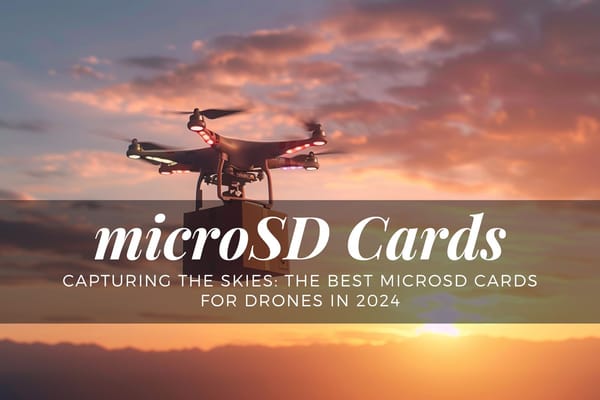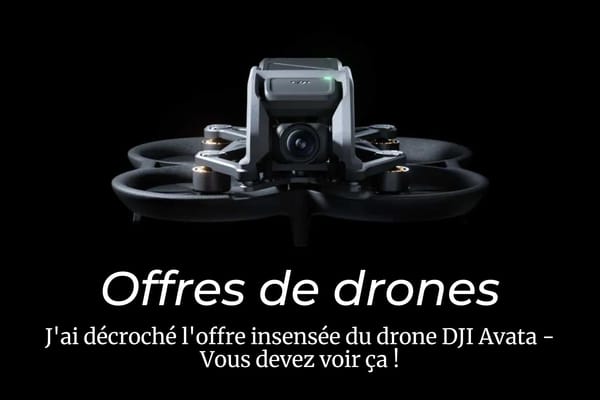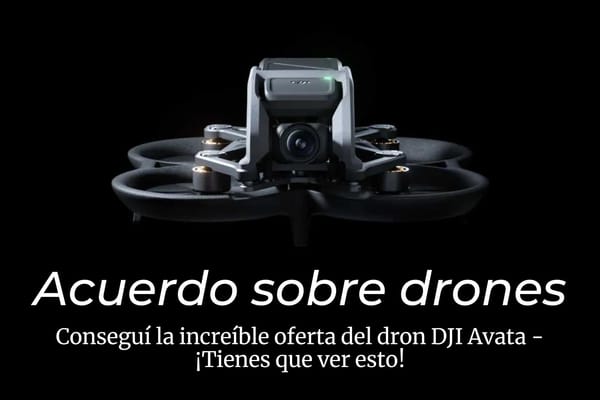The Use of Drones in Disaster Response is a New and Innovative Way to Get Information and Data Quickly
Advantages of using drones in disaster response: Drone cameras deliver instant and powerful intelligence, and the videos and images they capture can provide information that people on the ground such as the full extent of massive floods or forest fires. Something that people on the ground couldn't easily determine.
However, the best uses of a drone for disaster response is when an autonomous, small craft is sent aloft to provide video data for a prolonged period of time.
Video shows that drone use for disaster response is a growing trend. However, while drones being used for disaster response is a relatively new phenomenon, there is a more well-known, already active use of drones to deliver humanitarian aid and disaster response. In this post I’ll focus on disaster response—specifically, I’ll explain how drones can be used to capture disastrous situations, inform the local communities and help further the reduction in these tragic events.
A Growing Trend: Drone use for disaster response
A study by the Institute for Homeland Security within the Department of Homeland Security (DHS) concluded that the use of drones by disaster responders saves lives after a disaster and saves money. Researchers reviewed 26 emergency responses to natural or man-made disasters over the past decade, from hurricanes to floods to earthquakes to wildfires to terrorist acts, ranging from the 2011 hurricane Sandy storm in New Jersey to the 2012 wildfires in California to the 2014 hurricane and flooding in Texas. Among the findings included in the report:
- Responder safety: The study found that drone use during the response to disasters is safer for responders, as only 2 out of every 100 total drone flights occurred in a state of known risk for human injury or fatality. This is because drones are usually in daylight, out in the open, flying low, and away from potentially dangerous structures.
- Cost savings: The report estimated up to an $11.5 million savings in disaster response cost, the cost of hiring additional responders and paying for their travel and training costs.
- Cost savings per emergency response hour: The study found that every hour of using unmanned aircraft systems (UASs) could potentially save $17-$100,000 dollars in disaster response costs.
- Cost savings for the lives of responders: Each hour of drone use by responders could potentially save $20,000--$500,000 in disaster response costs.
When it comes to preparing for disaster response, drones have been used to collect data that helps predict the path of the storm. These drones can also send down-the-line information to crews that are working to rescue victims in an area. In the case of the 2010 floods in Louisiana, drone use allowed crews to track and follow the direction of the moving water.
In the case of Sandy in 2012, drones helped monitor storm damage, locate and rescue victims.
Benefits of drone use for disaster response: Drones make for easy tracking and mapping, which then enables agencies to respond with real-time mapping and early warning; drones also make for safer work when the need for action can be identified quickly.
Many drones are equipped with infrared cameras, which can show the presence of people that would not have been visible otherwise.
Drones also offer an excellent form of aerial photography; drones provide a more cost-effective means of reaching remote areas; and drones also make for efficient dispatch; they can be used in extreme weather conditions; and they can be used by just about anyone.
Instead of sending in first responders, thermal drones can scan the area to locate hot spots on the ground which makes them essential for emergency response. When used with zoom or infrared cameras, they can detect people in adverse and other low-visibility scenarios.
By using drones, you can gather information that will help you make decisions more quickly.


